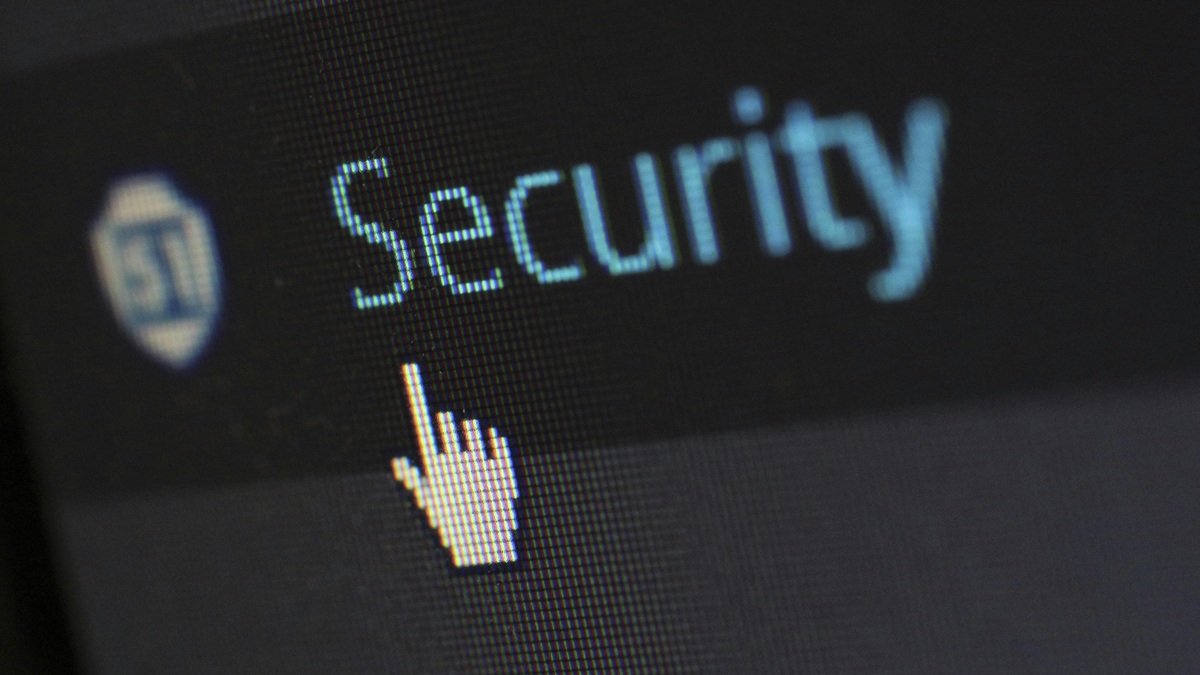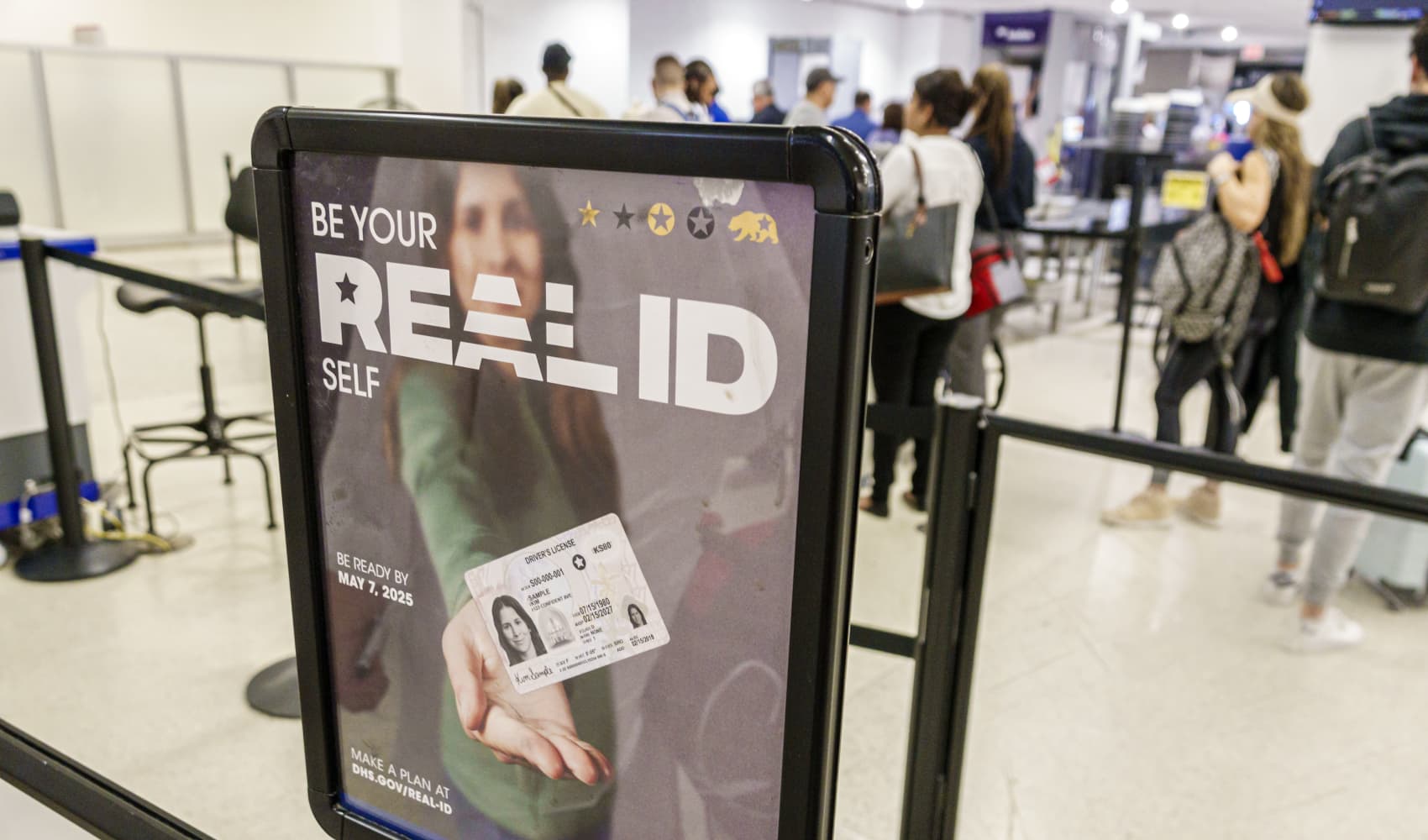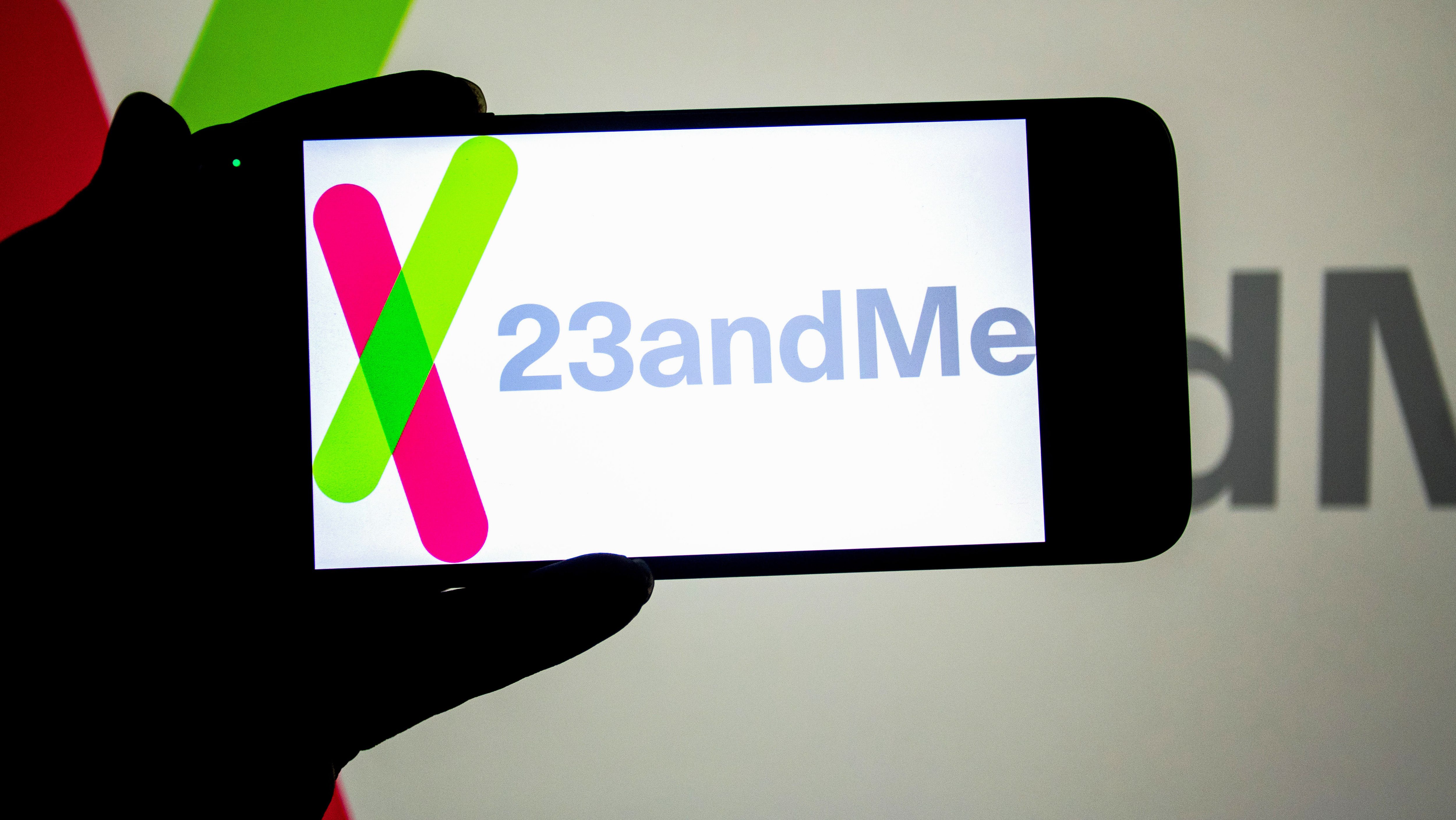Oracle's Hospital EHR Failure: 5 Days of Chaos!
Oracle's EHR Meltdown: When Hospital Software Goes Down
Introduction: A Digital Nightmare for Healthcare
Imagine a hospital, bustling with patients, doctors, and nurses, suddenly plunged back into the Stone Age. Not literally, of course, but close enough. What if their shiny, efficient electronic health record (EHR) system just...stopped working? That's exactly what happened at several Community Health Systems (CHS) hospitals recently, all thanks to an unexpected glitch triggered by Oracle engineers. This outage, lasting a grueling five days, forced these facilities to revert to paper-based patient records – a scenario no one wants to face in today's tech-dependent world. But how did this happen, and what does it mean for the future of healthcare technology?
The Oracle Glitch: A Perfect Storm of Errors?
According to reports, Oracle engineers were the source of the problem. Exactly what went wrong is still being investigated, but the result was clear: a major system outage impacting Oracle Health, the company's EHR system. It's like a surgeon's scalpel suddenly becoming blunt in the middle of an operation. The pressure was on, and the hospitals had to scramble.
CHS Responds: Downtime Procedures Activated
Community Health Systems (CHS), the affected hospital network, confirmed the outage to CNBC. They stated that "several" hospitals were impacted, forcing them to activate "downtime procedures." But what does "downtime procedures" actually mean? Think of it as a hospital's emergency preparedness plan for a digital disaster. It involves reverting to manual processes – paper charts, phone calls, and a whole lot of frantic activity.
Oracle's Entry into EHR: A $28.3 Billion Bet
Oracle's foray into the EHR market is relatively recent, marked by the massive $28.3 billion acquisition of Cerner in 2022. This move signaled Oracle's ambition to become a major player in healthcare technology. However, this outage raises questions about whether the integration of Cerner's systems into Oracle's infrastructure has been as smooth as planned. Was this a growing pain, or a sign of deeper issues?
The Impact on Patient Care: A Step Backwards?
A five-day EHR outage can have a significant impact on patient care. While hospitals have protocols in place for such situations, reverting to paper-based records introduces several challenges:
- Slower Access to Information: Finding patient information becomes significantly more time-consuming. Imagine searching through stacks of paper files instead of instantly accessing digital records.
- Increased Risk of Errors: Manual data entry increases the likelihood of human error, which can have serious consequences in a healthcare setting.
- Delayed Treatment: Time-sensitive treatments may be delayed due to the difficulty of quickly accessing patient histories and test results.
- Coordination Challenges: Coordinating care between different departments and specialists becomes more complex without a centralized digital system.
The Role of Redundancy: Backups and Fail-Safes
In the world of technology, redundancy is key. It's like having a backup generator for your house – it kicks in when the main power goes out. So, why didn't the EHR system have sufficient redundancy to prevent such a prolonged outage? This incident highlights the critical importance of robust backup systems and fail-safe mechanisms in healthcare technology.
Vendor Responsibility: Who's to Blame?
When a critical system fails, the question of responsibility inevitably arises. Was the outage due to a software bug, a hardware malfunction, or human error? Whatever the cause, Oracle, as the vendor of the EHR system, bears a significant responsibility. Hospitals rely on these systems to function flawlessly, and any disruption can have serious consequences.
The Cost of Downtime: More Than Just Money
The cost of a five-day EHR outage goes far beyond financial losses. It includes:
- Lost Productivity: Doctors and nurses spend more time on administrative tasks and less time on patient care.
- Increased Stress: Healthcare professionals face added stress and pressure during a system outage.
- Reputational Damage: The hospital's reputation can suffer if patients experience delays or errors in care.
- Potential Legal Liabilities: Errors resulting from the outage could lead to legal claims.
Lessons Learned: Preparing for the Unexpected
This incident serves as a valuable lesson for hospitals and healthcare technology vendors alike. Here are some key takeaways:
- Invest in Robust Backup Systems: Ensure that EHR systems have redundant servers, data storage, and network connections.
- Develop Comprehensive Downtime Procedures: Regularly review and update downtime procedures to ensure they are effective and efficient.
- Conduct Regular Testing: Periodically test backup systems and downtime procedures to identify and address any weaknesses.
- Communicate Effectively: Maintain open and transparent communication with patients and staff during a system outage.
The Future of EHR: Towards Greater Reliability
The future of EHR systems hinges on greater reliability, security, and interoperability. Cloud-based solutions, advanced security measures, and standardized data formats are all essential for ensuring that these systems can meet the demands of modern healthcare.
Cybersecurity Concerns: A Constant Threat
EHR systems are prime targets for cyberattacks. A successful attack could cripple a hospital's operations and compromise sensitive patient data. Robust cybersecurity measures are essential for protecting EHR systems from these threats.
The Importance of Encryption
Encryption scrambles data so that it cannot be read by unauthorized users. It's like putting your sensitive information in a locked box.
Multi-Factor Authentication
Multi-factor authentication requires users to provide multiple forms of identification, such as a password and a code sent to their phone.
Interoperability Challenges: Connecting the Dots
One of the biggest challenges facing EHR systems is interoperability – the ability to seamlessly exchange information with other healthcare systems. Lack of interoperability can lead to fragmented care and increased costs.
Training and Support: Empowering Healthcare Professionals
Even the most advanced EHR system is useless if healthcare professionals don't know how to use it effectively. Adequate training and ongoing support are essential for ensuring that EHR systems are used correctly and efficiently.
The Patient Perspective: Trust and Transparency
Patients need to trust that their healthcare providers are using technology in a way that enhances their care, not hinders it. Transparency about system outages and the steps being taken to address them is crucial for maintaining patient trust.
Moving Forward: A Call for Collaboration
Improving the reliability and security of EHR systems requires collaboration between hospitals, technology vendors, and government agencies. By working together, we can create a healthcare system that is both technologically advanced and patient-centered.
Conclusion: A Wake-Up Call for Healthcare Tech
The recent Oracle-related EHR outage at Community Health Systems hospitals served as a stark reminder of the vulnerabilities in our increasingly digital healthcare system. It underscores the critical need for robust backup systems, comprehensive downtime procedures, and ongoing investment in cybersecurity. Ultimately, ensuring the reliability and security of EHR systems is not just a matter of convenience, it's a matter of patient safety and trust. This event should act as a wake-up call for the entire healthcare technology industry, prompting a renewed focus on resilience and preparedness.
Frequently Asked Questions
Here are some frequently asked questions about the EHR outage:
-
What caused the Oracle EHR outage at Community Health Systems hospitals?
According to reports, the outage was triggered by an error made by Oracle engineers during system maintenance or updates.
-
How long did the outage last?
The outage lasted for five days, forcing affected hospitals to revert to paper-based patient records.
-
What are "downtime procedures" in a hospital setting?
Downtime procedures are pre-established protocols that hospitals follow when their electronic systems are unavailable. They typically involve reverting to manual processes for tasks such as patient registration, order entry, and medication administration.
-
What steps can hospitals take to prevent future EHR outages?
Hospitals can invest in redundant systems, develop comprehensive downtime procedures, conduct regular testing, and provide ongoing training for staff.
-
What are the potential consequences of an EHR outage for patients?
EHR outages can lead to delays in treatment, increased risk of errors, and reduced access to patient information, potentially impacting patient safety and outcomes.








